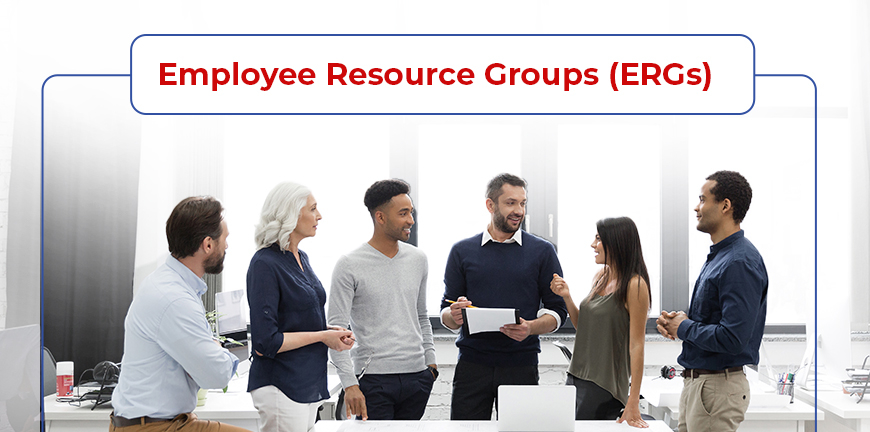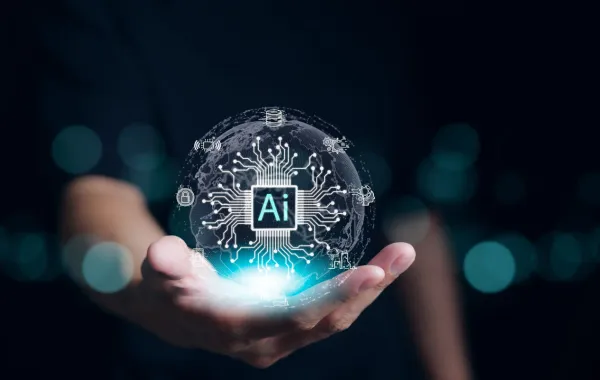The Role of Employee Resource Groups in Modern Organizations

Employee Resource Groups (ERGs) have emerged as pivotal components in modern organizations, fostering diversity, inclusion, and employee engagement. These voluntary, employee-led groups are formed around shared identities, interests, or experiences, aiming to create supportive communities within the workplace.
The Evolution and Significance of ERGs
Originating in the 1970s, ERGs have evolved from informal gatherings to structured entities integral to organizational culture. Today, approximately 90% of Fortune 500 companies have established ERGs, underscoring their recognized value in promoting inclusive environments.
Benefits of ERGs in the Workplace

Enhanced Employee Belonging and Engagement: Participation in ERGs has been linked to increased feelings of belonging and authenticity among employees. A study involving over 600,000 survey responses across 14 large companies found that ERG members reported higher organizational belonging and the ability to be their authentic selves at work.
- Professional Development and Career Advancement: ERGs provide platforms for skill development, mentorship, and leadership opportunities. Notably, 65% of employees involved in ERGs have reported positive impacts on their careers, highlighting the role of these groups in professional growth.
- Improved Organizational Performance: Companies with active ERGs have experienced up to a 20% increase in sales and productivity. This boost is attributed to higher employee engagement, better communication, and a more inclusive culture that fosters innovation.
- Attraction and Retention of Talent: A diverse and inclusive workplace is a significant draw for potential employees. Approximately 67% of job seekers consider diversity when evaluating job offers, and ERGs play a crucial role in creating an inclusive environment that attracts top talent.
- Community Building and Support: ERGs serve as safe spaces for underrepresented groups, offering support and fostering a sense of community. They also promote education and awareness, helping to break down barriers and build stronger bonds among employees.
Implementing Effective ERGs

To maximize the benefits of ERGs, organizations should consider the following strategies:
• Formal Support and Resources: Provide official recognition, budgets, and resources to ERGs to ensure their sustainability and effectiveness.
• Leadership Involvement: Encourage active participation and support from senior leadership to align ERG goals with organizational objectives and demonstrate commitment to diversity and inclusion.
• Clear Objectives and Metrics: Define clear goals for ERGs and establish metrics to measure their impact on employee engagement, retention, and overall organizational performance.
• Inclusive Participation: Promote allyship by encouraging all employees, regardless of their background, to participate in ERG activities, fostering a more inclusive culture.
In conclusion, ERGs play a vital role in modern organizations by promoting diversity, enhancing employee engagement, and contributing to overall business success. As workplaces continue to evolve, the strategic implementation and support of ERGs will be essential in building inclusive cultures that drive innovation and growth.





